PORTUGAL
Republic
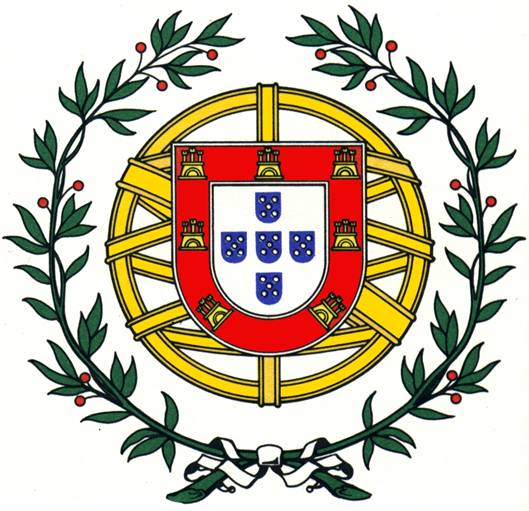
|
I Republica Portuguesa |
1910-1926 |
||||
|
The flag of
the Republic was adopted by law N° 150 of 30 June 1911. In Art. 1 there is a
description of a shield of the national arms bordered by white and placed on
the Manueline armillary sphere in yellow and
with black lines.
1915
At least after 1915 the shield was embellished with
a golden garland of laurel and was placed in its simple form on coins in
1918.
1918 This emblem can be read as the “Portuguese
empire of king Manuel I” or “Portugal supported by its Overseas Empire.” |
|||||
|
Ditadura Nacional |
1926-
1932 |
||||
|
Coat of arms of the
Republic of Portugal On
a tapestry in the Alcazar, Sevilla, at the occasion of the World Fair in 1929 |
|||||
|
2nd Republic - Estado Novo |
1932–1974 |
||||
|
1932-1948 |
|||||
|
Embellished and augmented achievement of Portugal A fantasy by F. Almeida Langhans 1966 Presidency
of Américo Tomás (1958-1974) The
degree of Grand Collar of the Military Order of the Tower and the Sword
(as around the arms above) was added in 1939. The Grand Collar was meant
for heads of state with notable military deeds, with
Spanish General Franco the only head of state to be awarded the
Grand Collar under these terms. The order was reformed in 1962 with the Grand
Collar being made exclusively open to former presidents of Portugal, an
exception was made in 1973 for Brazilian President Emilio Garrastazu
Medici by decree-law. |
|||||
|
3rd Republic |
1974–present |
||||
|
|
|||||
|
Carnation Revolution Constitution of the Republic |
1974-1976 1976–present |
||||
|
Constitution of 1976 Article 11: National symbols and official language 1. The National Flag, which shall be the
symbol of the sovereignty of the Republic and of Portugal's independence,
unity and integrity, shall be that adopted by the Republic formed by the
Revolution of the 5th of October 1910. 2. The national anthem shall be A Portuguesa.
3. The official language shall be Portuguese.
1984 The
national arms according to the law of 30 June 1911.This is a reduced form of
the flag and national emblem as described in the law. It is heraldically
identical to the arms of King John II of 1485 going back to the 12th century. As such
the present emblem of Portugal as commonly known and represented in the head of
this article with armillary sphere and
garland, is not laid down by law. |
|||||
|
Presidential Flag The presidentia flag was preceded by the royal flag which was red with
the crowned royal arms in the middle. [1]
President of the Republic (1911-present) |
|||||
|
Assembly |
|||||
|
Emblem A(ssembleia
da) R(epublica)
Flag 2006 - By Resolução da Assembleia
da República n.º 73/2006 [2] |
|||||
|
Prime Minister |
|||||
|
Flag of the Prime Minister 1972 - |
|||||
|
Sistema de Informações da República
Portuguesa (SIRP) |
|||||
|
The
"Informations System of the Portuguese Republic" is the
coordinating structure of the Portuguese intelligence. It is the
parent body for two separate intelligence agencies: the Serviço de
Informações de Segurança (SIS, Security Intelligence Service) for the internal security
intelligence and the Serviço de Informações Estratégicas de Defesa (SIED, Defense and Strategic
Informations Service) for foreign intelligence. The SIS
and the SIED are the public services responsible for ensuring—within the Constitution
and the law—the production of intelligence
necessary to the safeguard of the national independence and the safeguard of
the internal security. The SIRP
is under the direct authority of the Prime Minister of Portugal and includes:
Between 1952 and 1972, the President of the Council of Ministers, within
the scope of his inherent role as president of the National Defense Superior
Council, used a distinctive flag almost identical to that of the Minister of
National Defense. By Decree No. 61/72 of 2 February, issued by the Minister
of National Defense, a new distinctive flag was established that followed the
model of the distinctive flags of the civil ministers of the Government. [3] |
|||||
|
The SIS. Serviço de Informações de Segurança |
|||||
|
|
|
||||
|
Ancient |
New |
||||
|
The SIED; Serviço de Informações Estratégicas de Defesa |
|||||
|
The SIED
arms |
|||||
|
International and State
Defense Police |
1945-1969 |
||||
|
The PIDE or International
and State Defense Police (Polícia
Internacional e de Defesa do Estado) was a Portuguese security
agency that existed during the Estado Novo regime
of António de Oliveira Salazar. Formally, the main roles of the PIDE
were the border, immigration and emigration control and internal
and external State security. However, it became more known by
its political police activities.
PIDE was
itself transformed into the Directorate-General of Security or DGS (Direção-Geral de Segurança) in 1968.
After the
25 April 1974 Carnation Revolution, DGS was disbanded in Portugal, but
continued to exist transitionally in the Portuguese overseas territories as
the Military Information Police or PIM, being finally completely disbanded in
1975. |
|||||
|
Police |
|||||
|
The Polícia de Segurança Pública (PSP; Public
Security Police) is the civil preventive police force of Portugal. Part of the Portuguese security
forces, the mission of the PSP is to defend Republican democracy,
safeguarding internal security and the rights of its citizens. Despite many
other functions, the force is generally known for policing urban areas with
uniformed police officers, while rural areas are normally policed by National Republican Guard (GNR), a gendarmerie force. PSP is focused in the
preventive policing, only investigating minor crimes. Investigation of
serious crimes falls under the Judicial
Police responsibility,
which is a separate agency. |
|||||
|
Police coat of arms Arms: Azure, a six-pointed star Argent Crest: On a helmet to the dexter, Argent, lined purpure,
lambrequined Argent and Azure, a hawk attacking, Argent, clawed Gules. Order: Collar
and star of a grand officer of the Military Order of the Tower and the Sword
for Valor, Loyalty and Merit. Motto: PELA ORDEM E PELA
PÁTRIA". (For Order and the Fatherland) (Porugal 1459) Symbolism
|
|||||
|
|
|
||||
|
Cap Badge |
Sleeve
patch |
||||
|
See also:
Æ http://oblogdopita.blogspot.com/2014/ |
|||||
|
The Corpo de Intervenção (CI) MHM is a reserve unit of the
Police of Public Security created on 27 March 1976 and is directly
subordinated to the nationa directorate.
Ordenação heráldica: ESCUDO - Esquartelado: O
primeiro de prata com um escudeto de azul carregado de cinco besantes, do
primeiro esmalte, postos em sautor; o segundo e
quarto de azul pleno; o terceiro de prata com uma estrela de seis pontas a
ouro; debrum a ouro; sobreposto uma espada antiga, de ouro, brocante e em
pala; ladeando o escudo dois ramos de louro. ELMO - De grades de prata,
forrado a vermelho a 3/4, á dextra. CORREIAS - De vermelho,
perfiladas a ouro. PAQUIFE E VIROL - de azul e
prata. TIMBRE - Um leão rampante, de prata, lampassado e armado de vermelho,
coroado a ouro com o coronel da P.S.P.. DIVISA - Num lintel de ouro, ondulado, sotoposto ao escudo em 'letras
do estilo elzevir, maiúsculas de negro: «A FORTIORI» Simbologia: O ESCUDO COM CINCO BESANTES - Simboliza a capacidade de actuação em
qualquer parte do Território Nacional. A ESTRELA DE SEIS PONTAS - Simbolizada Polícia de Segurança Publica. A ESPADA - É o símbolo do poder e da justiça. OS RAMOS DE LOURO - São os
símbolos da glória. O OURO - Significa nobreza e fidelidade. A PRATA - Significa pureza e bom senso. O AZUL - Significa lealdade e galhardia. O VERDE -Significa esperança e mocidade. A DIVISA - Significa Por Maioria de Razão tanto se aplicando ao
raciocínio como a argumentação. Ordem de Serviço n.º 117, I
Parte do Comando-Geral de 17 de Setembro de 1986
Sleeve patch |
|||||
|
Kingdom until 1910
1st Republic
Present Achievement of the Armed Forces Motto:
This is my said beloved country
Flag 1911-present
Standard |
|||||
|
Ministry of Defense |
|||||
|
Ministry
of War 1911-1974
Arms of the Minister of defense, 1979 Portaria nº 587/79 de 8 de Novembro 1979 Arms: Azure, five besants Argent in saltire. Crest: On a helmet affrontée Argent, lined Gules
lambrequined Azure and Argent, a dragon issuant Argent. Motto :
OS PORTUGUESES SOMOS DO OCIDENTE (We Portuguese are of the West) The blue shield with the five silver besants placed in saltirer, is an
enlargement of one of the five national escut-cheons, alludes to the flag of
the quinas that, during the golden period of the Discoveries, represented the
military activity of the Nation. The dragon symbolizes the fidelity of the military apparatus to the
competent organs of sovereignty, under the terms of the Constitution. The arms reminds us of the coat of arms of Álvaro Pires de Castro, (1310-1384) Alférez-mor and created constable of the
Kingdom by King Ferdinand in 1382, who was commander of the army in absence
of the king. The office existed until Afonso de Bragança, Duke of Porto
(1865-1920). The arms
of Álvaro Pires de Castro were.
Arms of De Castro Casto cõde
demõsamcho Livro de Almeiro Mor, fol
49r, 1509 Arms: Argent,
six balls Azure 2, 2 and 2. The
distinctive flag of the Minister of National Defense was the only one, among
those of the higher authorities of the Defense, that was not altered. It should
be noted that in 1979 the coat of arms of the Minister of National Defense
was adopted, incorporating the elements of his banner. The shield of the coat
of arms consisted of a quinas (Azure, five besants Argent in saltire) and its
crest of a dragon Argent. Thus, although not altered, the National Defense
Minister's banner followed the trend of following strictly heraldic
standards, since - purposely or not - the main element was a squaring of the
owner's coat of arms.
Minister
of Defense 1952
General
Staff of the Armed Forces
General
Staff of the Armed Forces |
|||||
|
Army |
|||||
|
Escudo
de vermelho, um leão rampante de ouro, segurando na garra dianteira dextra
uma espada antiga, com lâmina de prata, guarnecida, empunhando e maçaneta de
ouro; - Elmo militar, de prata, forrada de vermelho, a três quartos para a dextra; - Correia de vermelho perfilada de ouro; - Paquife e virol de vermelho e de ouro; - Timbre:
o leão do escudo; - Divisa:
num listel de branco, ondulado, sotoposto ao escudo, em letras de negro,
maiúsculas, de estilo elzevir «EM PERIGOS E GVERRAS ESFORÇADAS»; - Grito
de guerra: num listel de branco ondulado, sobreposto ao timbre, em letras de
negro, maiúsculas, de estilo elzevir «PORTVGAL E SÃO JORGE» (Portugal and St George) Simbologia
e Alusão das Peças -
O LEÃO empunhando a espada
simboliza o Exército Português em acção. The LION
wielding the sword symbolizes the Portuguese Army in action The colours mean: Gold: nobility and faith Silver: wealth and eloquence Red: warlike
ardour and force
Cap
badge |
|||||
|
Navy |
|||||
|
Portuguese Navy-cross of the Order of Christ as on the sails
of portuguese sailing ships Historical Navy Flags
1488-1910
1750-1816
1830-1910 Æ More: http://www.wikiwand.com/pt/Lista_de_bandeiras_de_Portugal |
|||||
|
Minister
of Marine 1911
Navy
Achievement, 1st Republic
Almirante Chefe do Estado-Maior da Armada [4] |
|||||
|
|
|
||||
|
Standard |
Jack
|
||||
|
More: https://audaces.blogs.sapo.pt/13632.html |
|||||
|
Corpo de
Fuzileiros |
|||||
|
The Portuguese
Marine Corps (meaning literally "Corps of Fusiliers") are a
special forces unit of the Portuguese Navy. The
Portuguese Marines (Fuzileiros) have
their direct origin in the oldest permanent military unit of Portugal, the
Regiment of the Navy of the Crown of Portugal (Terço da Armada da Coroa de Portugal), created in 1618.
However, since 1585, specialized troops existed to provide artillery and riflemen
in the Portuguese warships. The Regiment of the Navy was soon considered an
elite unit. As the King of Portugal did not have a royal
guard (only the ceremonial Royal Guard of the Halberdiers), this
Regiment was also used in the role of bodyguard of the Monarchs. Arms: Per
chevron fusilly Azure and Argent, and
Gules. crown: A portuguese naval crown Order: Collar
and star of the Castle and the Sword. (Porugal 1459) Motto: CORPO DE
FUZILEIROS. |
|||||
|
|
|
||||
|
Cap
Badge |
Commander |
||||
|
Air
Force |
|||||
|
Achievement
coat of arms
Standard
Roundel
Cap badge
Wings |
|||||
|
Gendarmerie |
|||||
|
The
National Republican Guard (Guarda
Nacional Republicana) or GNR is the national gendarmerie force of
Portugal. Members of
the GNR are military personnel, subject to military law and organisation,
unlike the agents of the civilian Public Security Police (PSP). The GNR
is responsible for the preventive police and highway patrol in the
countryside and small towns of Mainland Portugal (large urban centers and all
the Portuguese islands territory being patrolled by the PSP). At
national level, GNR also has duties of customs enforcement, coastal control,
nature protection, search and rescue operations and state ceremonial guards
of honor.
Hat badge
Cap badge Romão Neves coll.
Sleeve patch |
|||||
|
ÆMore: |
|||||
 © Hubert de Vries 2019-03-14
© Hubert de Vries 2019-03-14
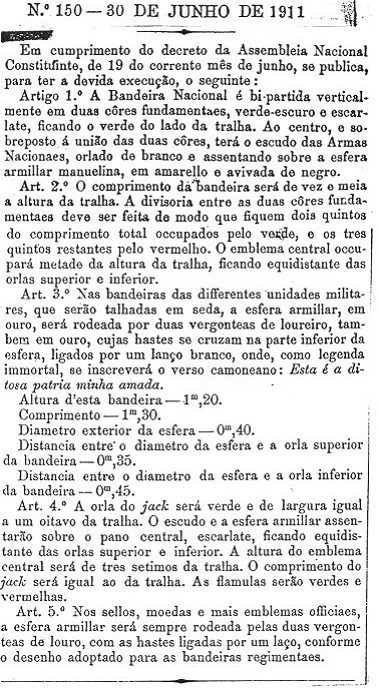
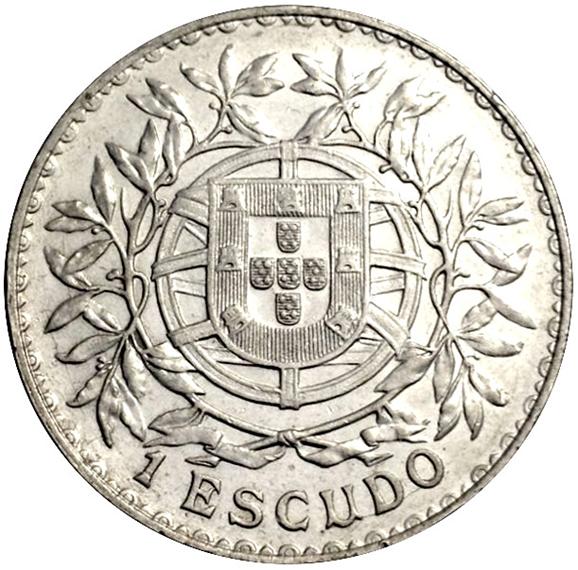
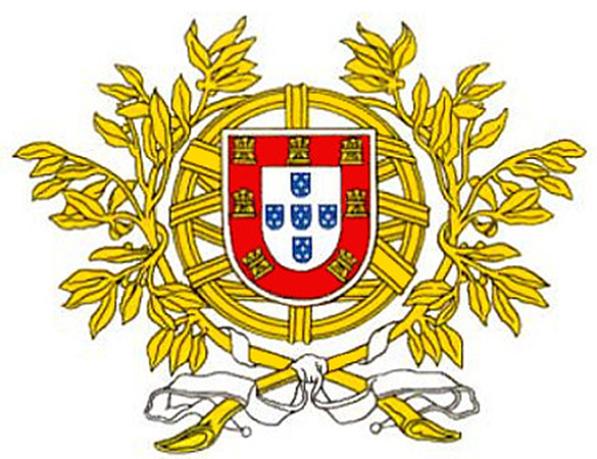
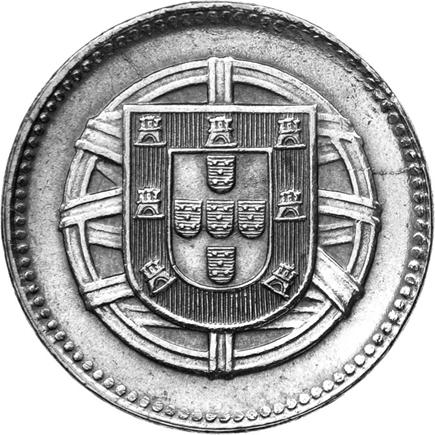
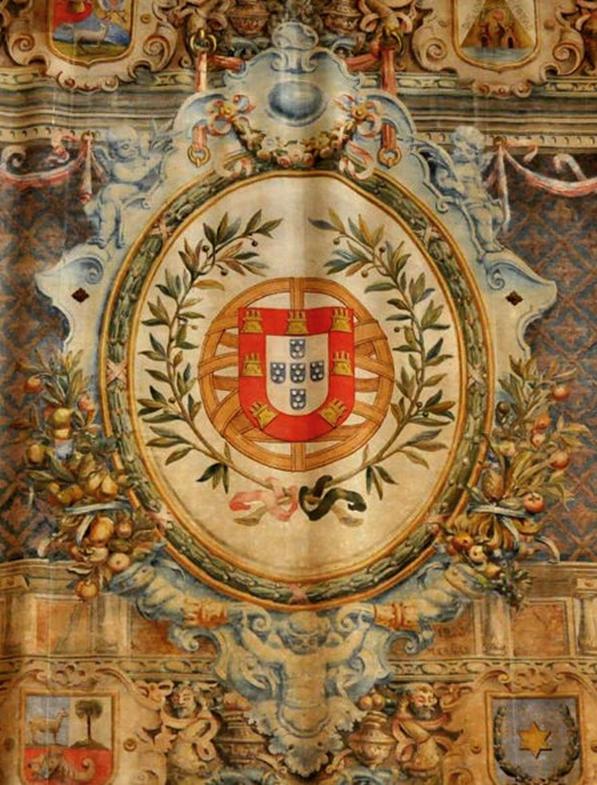
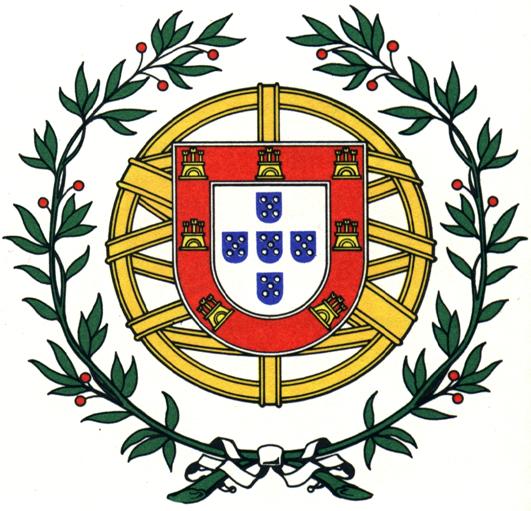
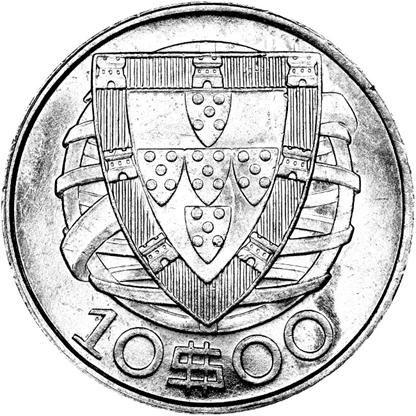
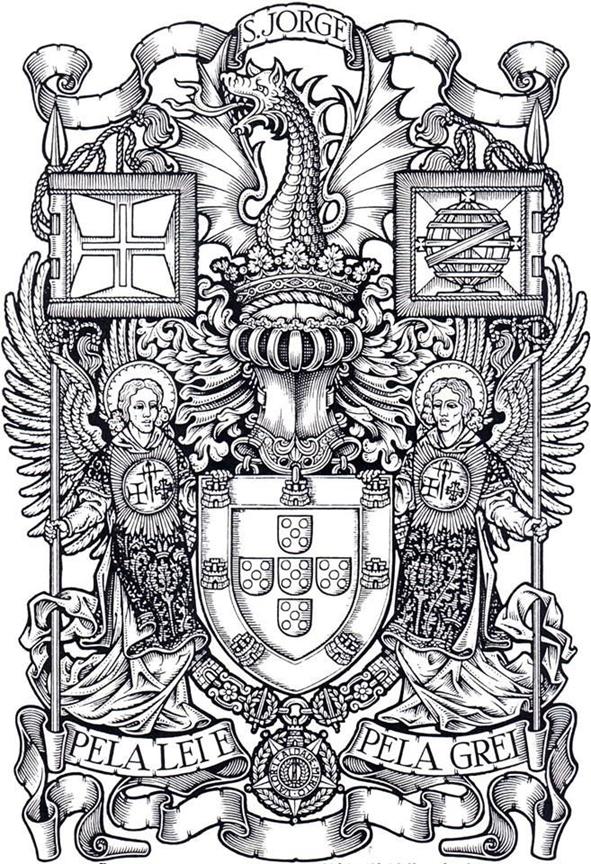
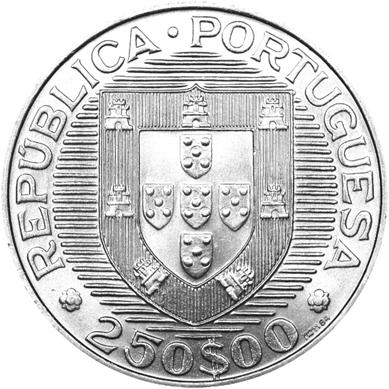
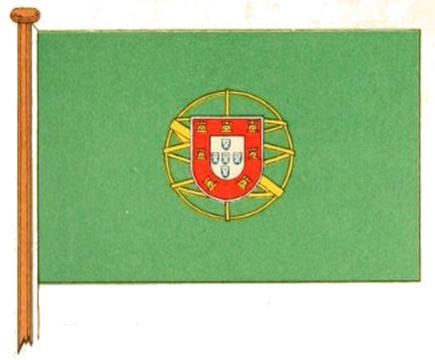
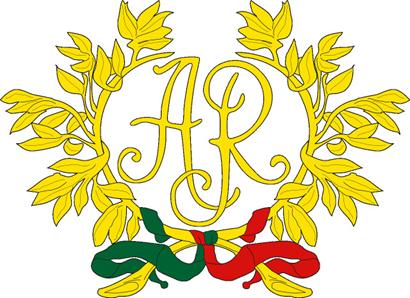
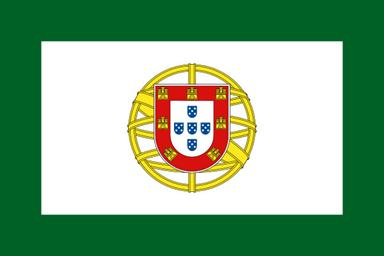
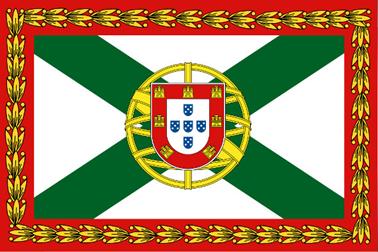
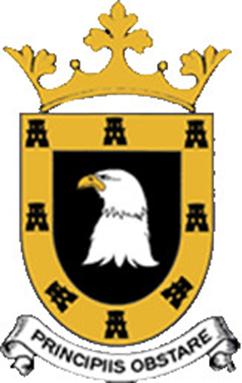
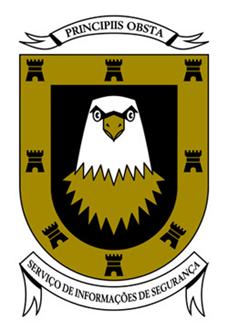
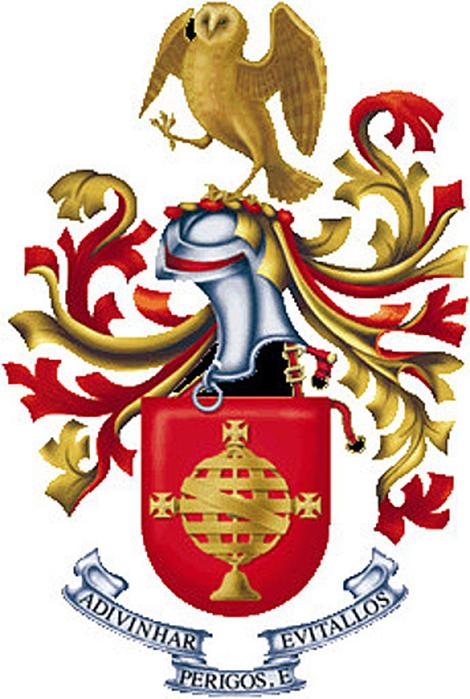
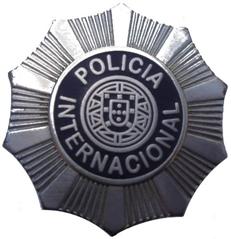
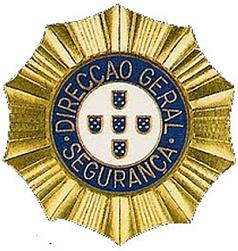
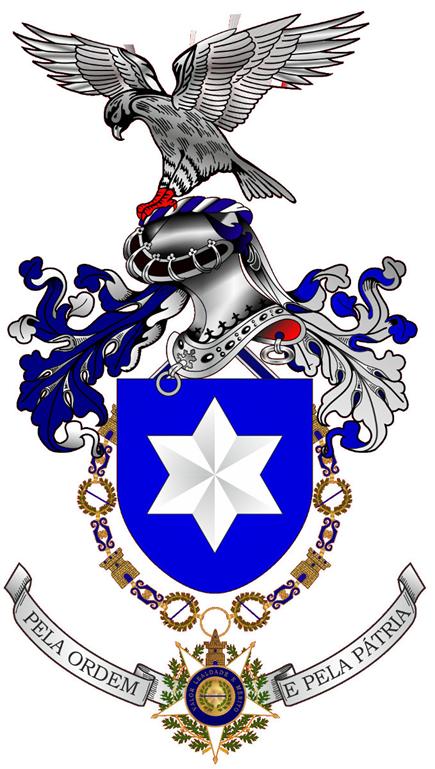
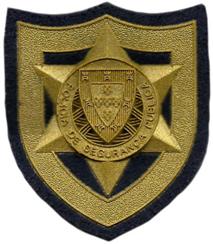
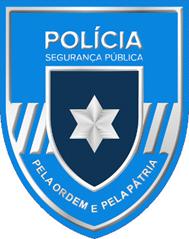
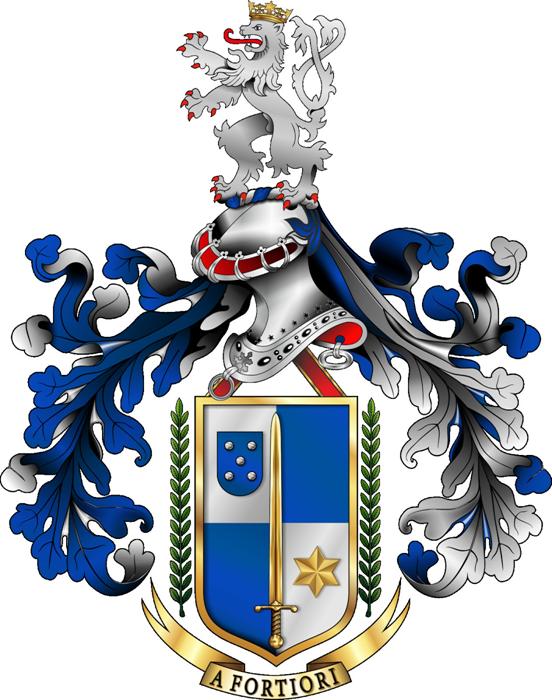
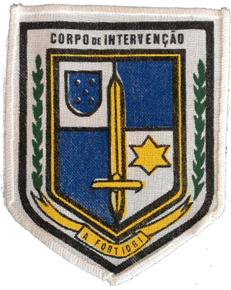
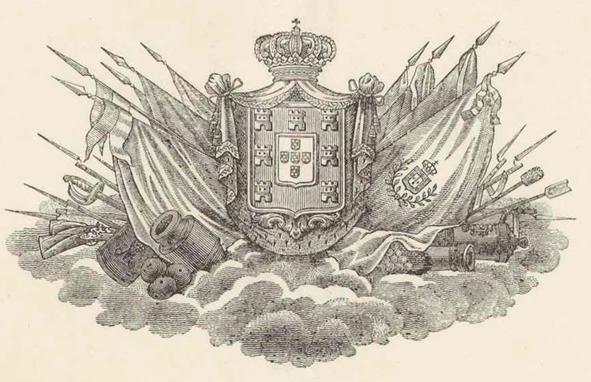
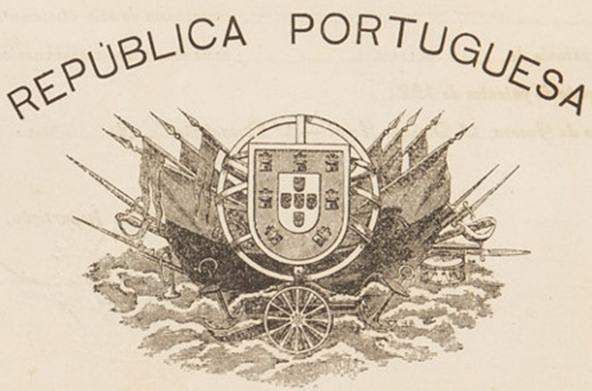
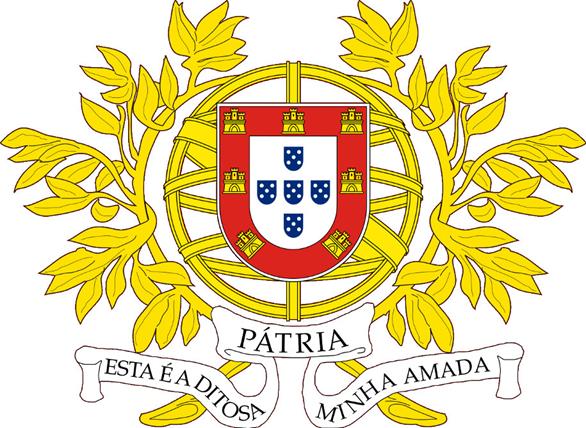

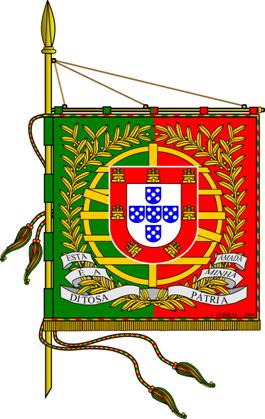
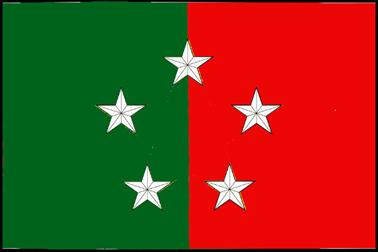
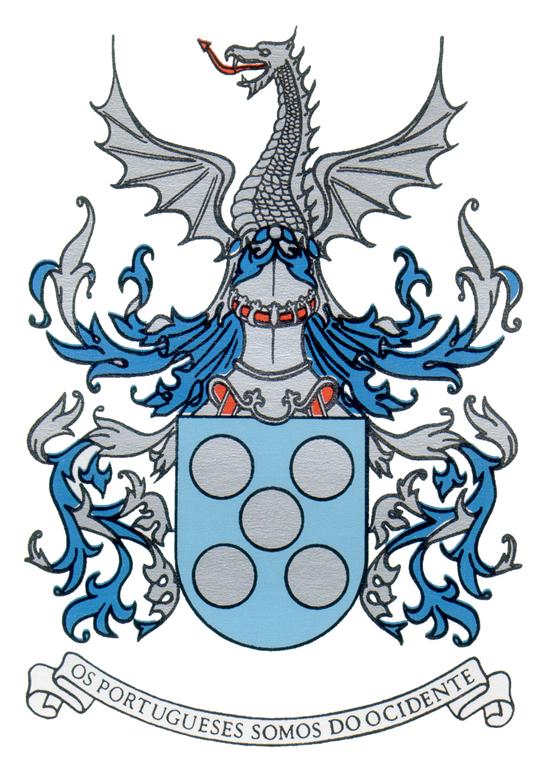
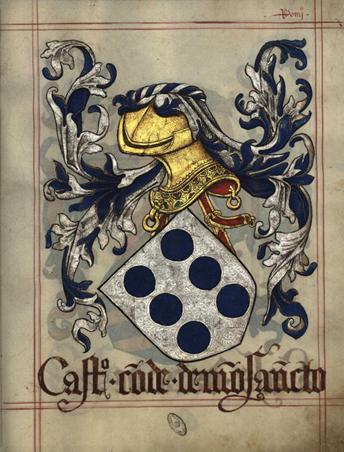
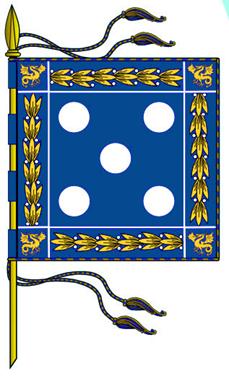
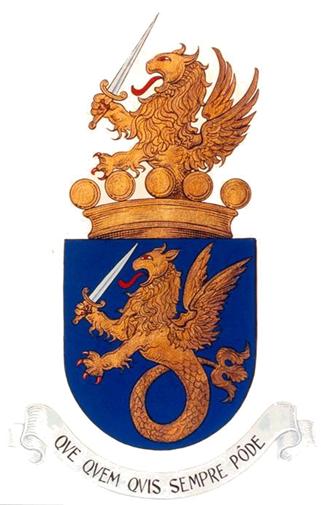
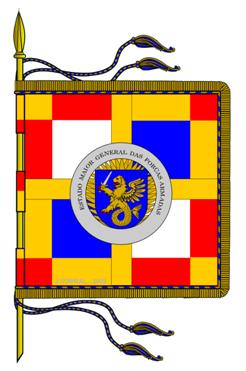

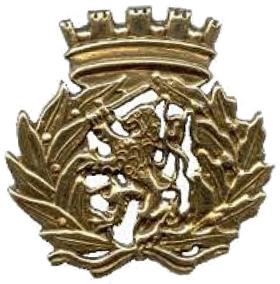
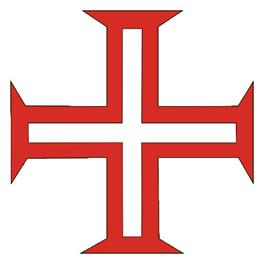
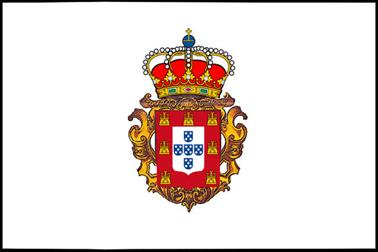
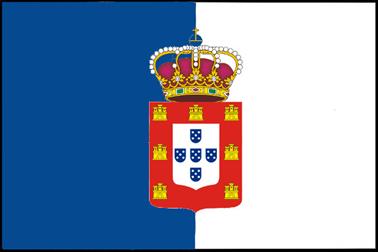
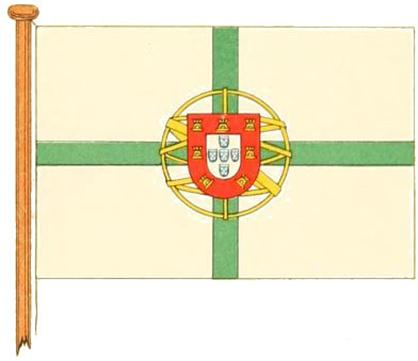
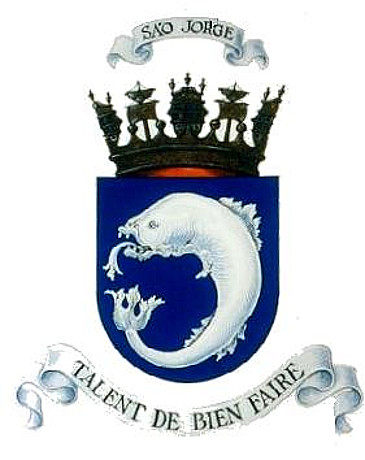
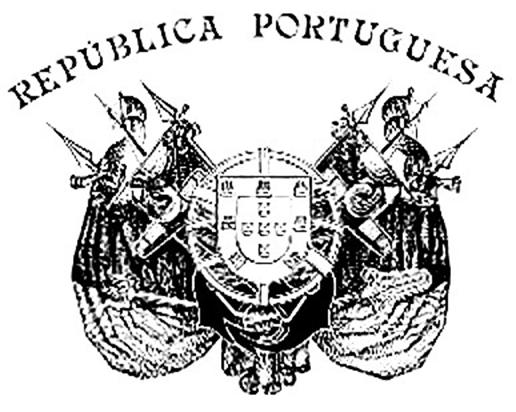
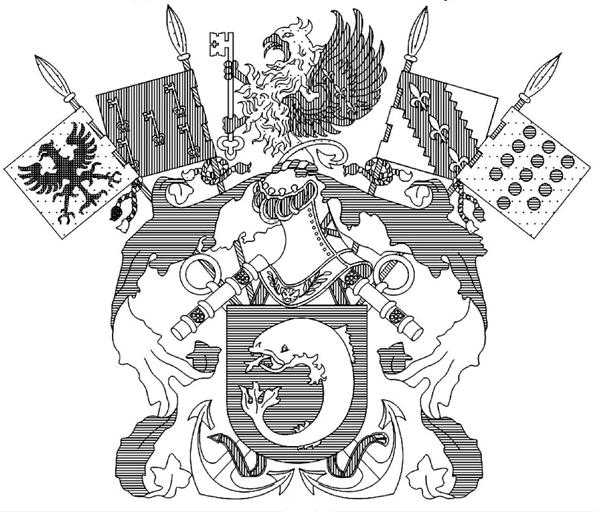
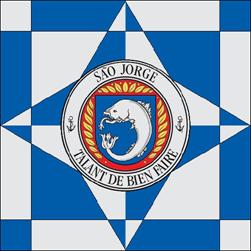
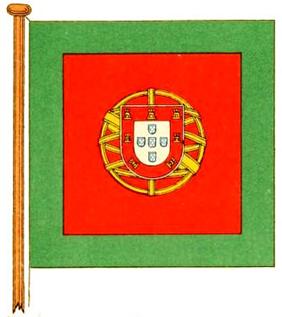
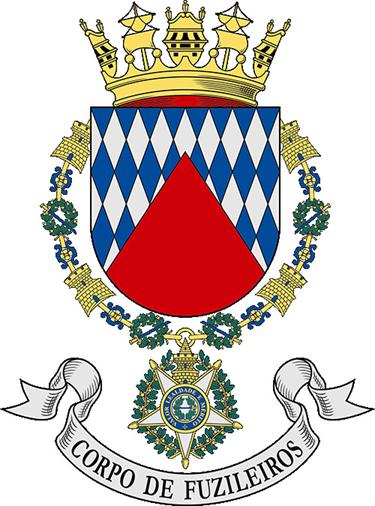
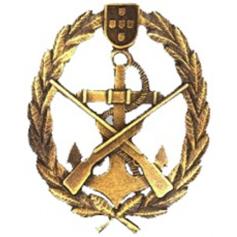
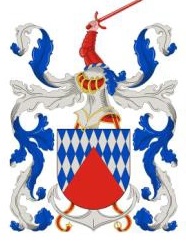
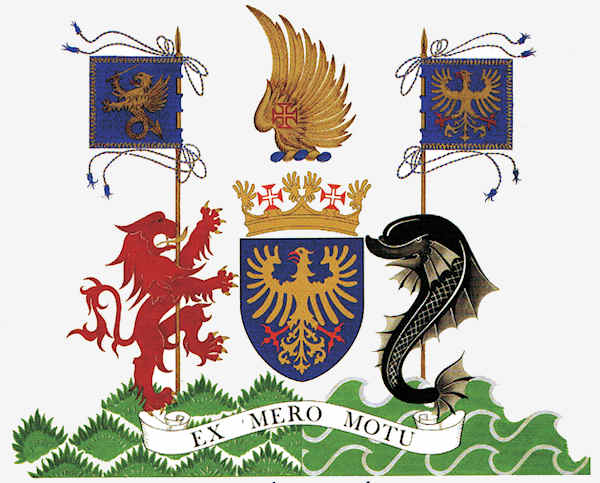
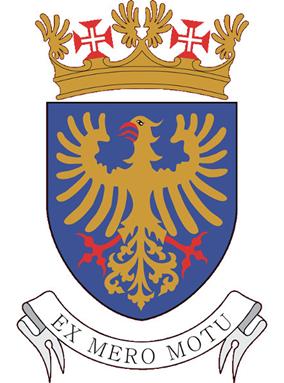
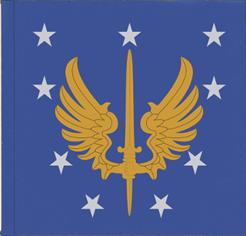
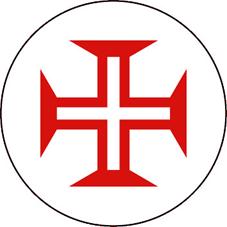
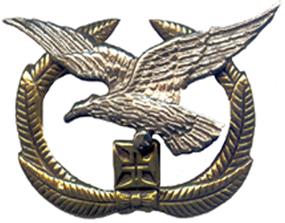

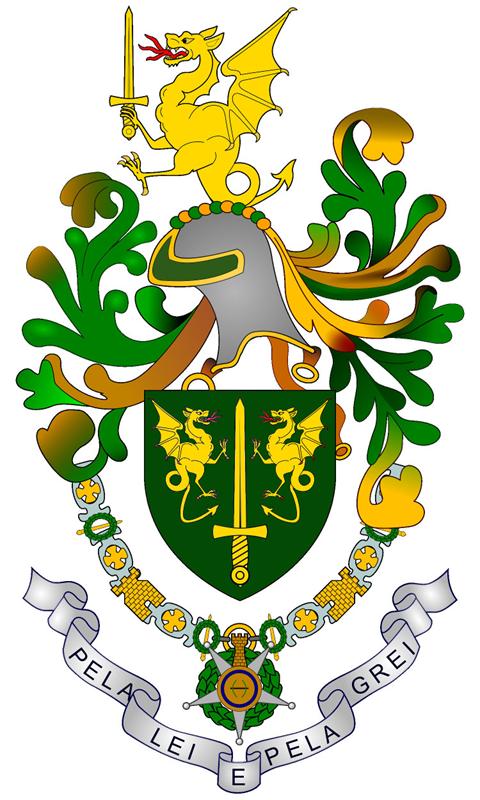
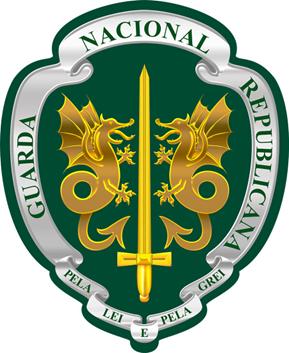
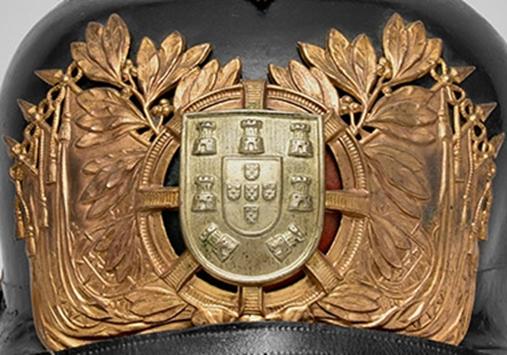
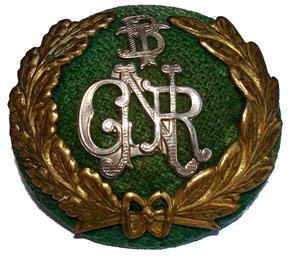
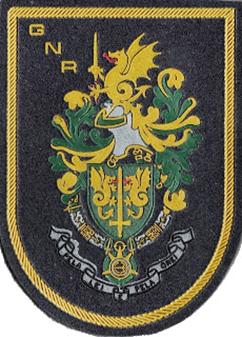
 Heraldry of the World
Heraldry of the World